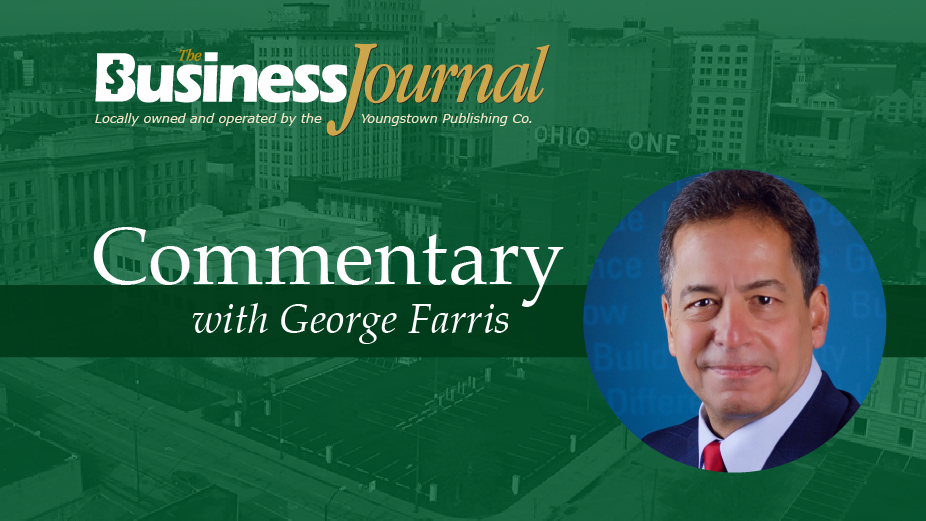By George Farris
YOUNGSTOWN, Ohio – “The reports of my death are greatly exaggerated,” is a quote often attributed to author Mark Twain when told about rumors that he was gravely ill and died while on a speaking tour. A similar exaggeration may have been applied to the movie theater industry during the COVID-19 pandemic.
On Dec. 29, 2020, CNBC reported, “With just a few days before the end of the year, the impact of the coronavirus pandemic on the film industry in 2020 is clear and devastating. Ticket sales crumpled 80% to $2.28 billion, a far cry from the … $11.4 billion in 2019…”
Can you imagine any business surviving an 80% drop in revenue? Somehow the industry hung on.
Although often connected in the minds of consumers to the billion-dollar studios in Hollywood, the movie theater industry is mostly separate from the suppliers it depends on for content.
There are megachains like AMC with 7,850 screens in the United States and Canada; Regal, with 6,851; and Cinemark with 4,426 screens.
But according to Safegraph.com, those screens are spread out over just 1,215 multi-screen theaters: 551 for AMC, 418 for Regal and 246 for Cinemark.
If you add the smaller chains and independent movie theaters in United States, however, you’d find there are a total of 11,874 places to enjoy your popcorn, candy and soda while being carried away in some on-screen adventure.
For the theater chains that survived, the comeback began in 2021.
A story earlier this year in The Hollywood Reporter stated “…global box office revenue was still down a hefty 50% from prepandemic times as the movie business struggled to emerge from the COVID-19 era and grapple with a new landscape dominated by streaming.”
2022 is a different story for movie theaters, with Statista projecting a global increase of 246% in ticket sales.
Despite midpandemic predictions that the movie theater business, or any business that depends on in-person attendance, was “changed forever,” crowds are coming back. They are going to more places than movie theaters, too. They are going out to night spots, restaurants, concerts and more.
According to a survey by Morning Consult, 60% of U.S. adults said they feel comfortable going to a movie theater. The public’s comfort with going to the movies has increased 16 percentage points since the beginning of the year, the survey found.
Moreover, half of U.S. adults said they’re comfortable attending a concert, while 57% said they feel comfortable going to an amusement park.
The public’s comfort with going to a theater performance and a museum were tracked at 54% and 65%, respectively.
So people feel safer about going to public events of all types. Of course, safety is a key factor. But the underlying attraction and motivation to attend events is more basic.
We humans are social animals. We like to get together in groups, with friends and family, enjoying things together.
Is a streaming concert or movie the same as one you attend with others? Technically, yes. The experience, however, is far different. The experience is what will continue to drive in-person attendance at entertainment, information and work-related events.
The strongest form of communication and the medium with the most impact – whether it be for marketing or entertainment purposes – is and always will be the in-person experience.
George Farris is CEO of Farris Marketing. Email gff@FarrisMarketing.com.
